Baikal
Baikal is called the pearl of Siberia and Russia, this lake is a real miracle of nature. Baikal is the oldest of the lakes - its age is estimated at more than 25 million years - and the deepest lake in the world.
It occupies an area of 31,500 km2, at its deepest point it is 1642 m, and its average depth is 730 m. Baikal arose as a result of the movement of tectonic plates.
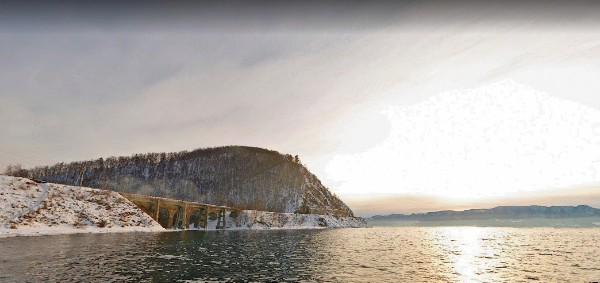
The unique view is provided not only by the crystal clear Balkan waters, but also by the snow-covered mountain peaks and forests surrounding the lakes.
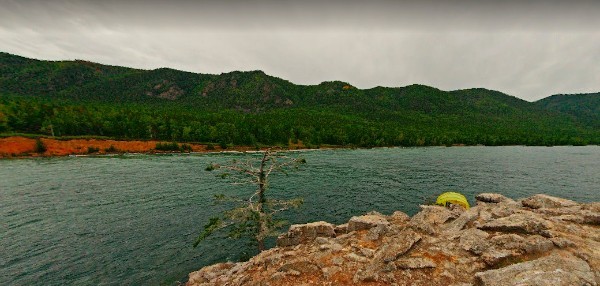
From autumn to spring, Baikal is frozen, and in the summer months the average water temperature on the surface ranges from 8 to 9°C. From the west, the lake is surrounded by the Balkan Mountains, from the east by the Burgher Mountains, and from the south and southeast, the tank is surrounded by the Khamar Daban mountain range.
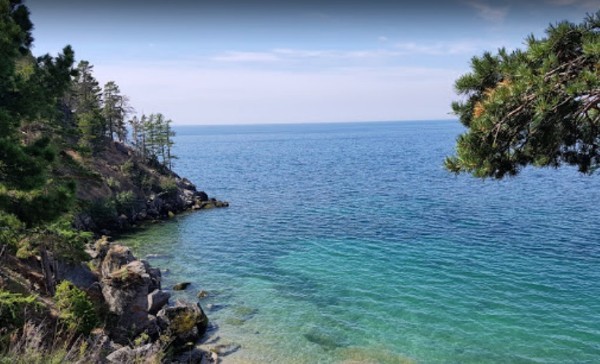
Of all the mountains, 336 rivers flow into Lake Baikal, and only one river flows out - the Angara. The exceptional richness of the natural waters of the lake confirms the diversity of species and organisms living in it.
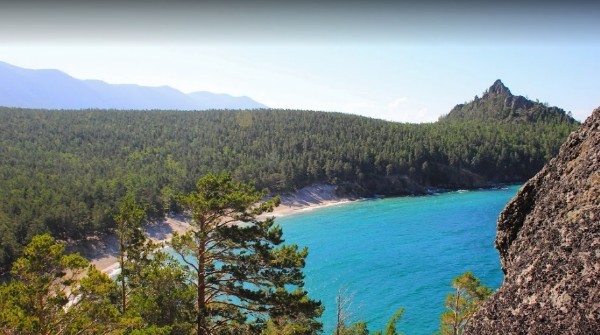
According to the study, about 2,630 species of flora and fauna live in Baikal. Among them, more than half are endemic species that are not found anywhere else in the world, for example: Balkan foka, Balkan teal, Baikal omul and head.
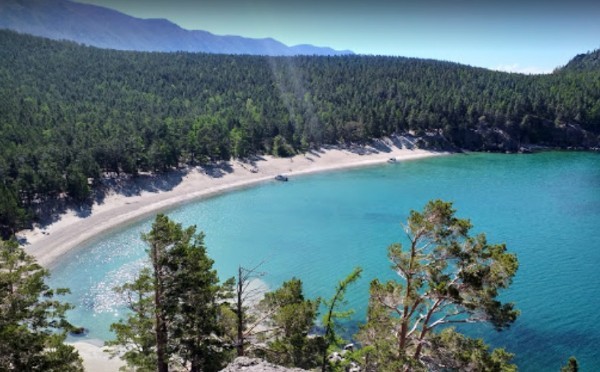
Since 1996, Baikal and the surrounding areas have been included in the UNESCO World Cultural and Natural Heritage List.
